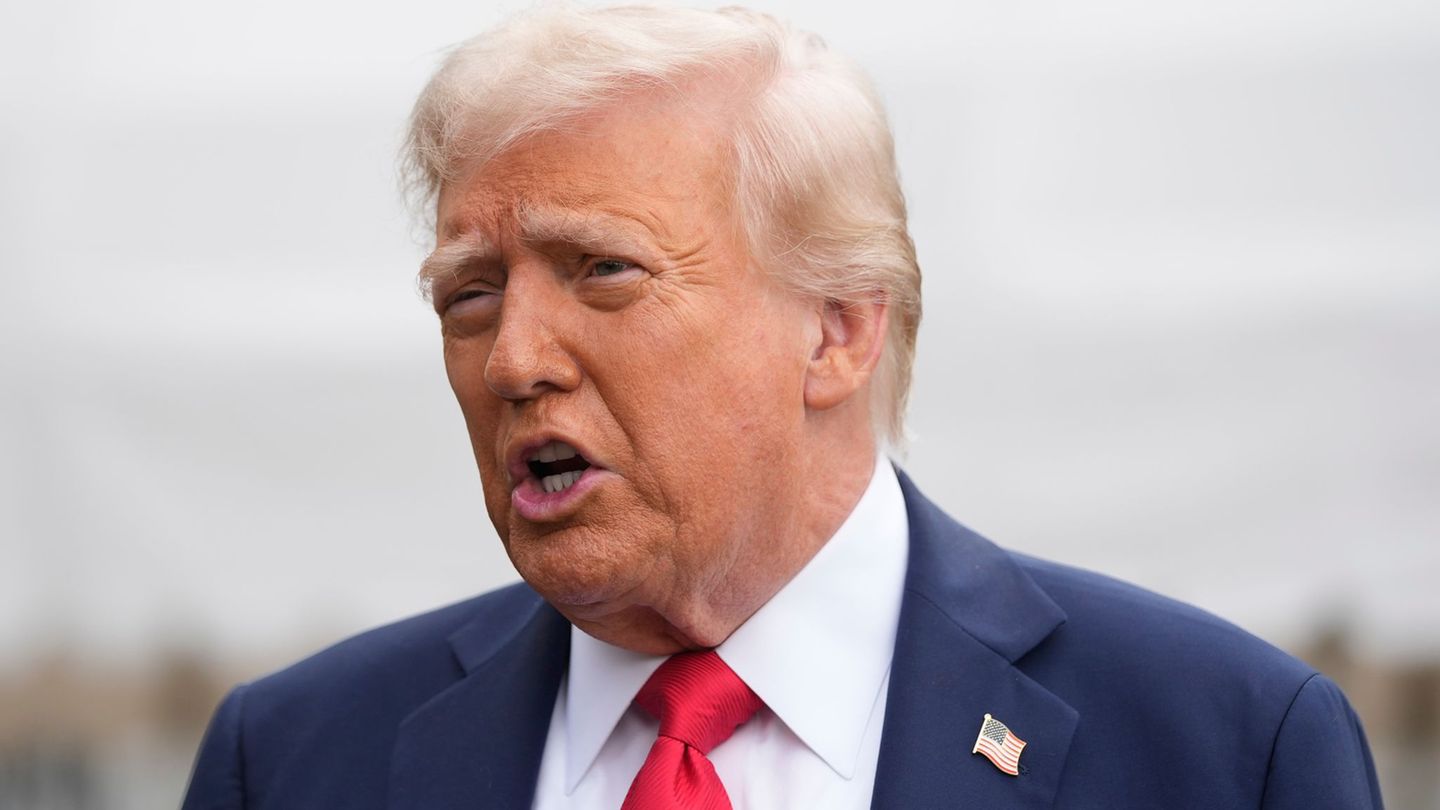With inflation heading towards figures within the target range, the Central Bank of Uruguay is analyzing the possibility of adjusting the Monetary Policy Rate downwards in July.
After the drop in inflation that was experienced in May, dragged down mainly by the drop in the prices of fruits and vegetables —which are still at their highest price in the last 15 years—, analysts are studying what could happen in Uruguay in terms of Consumer Price Index (CPI)on the one hand, and interest rates —the main monetary policy tool— on the other.
The content you want to access is exclusive to subscribers.
This was the topic of the talk given by the economist from CPA Ferrere, Alfonso Capurro, in which he explained that trend inflation – the indicator that excludes fresh food and energy – is “falling very fast”. Although the products excluded in the measurement are those that, in recent months, have explained a large part of the inflation —mainly due to the effects of the drought that affects the country—, the analyzes indicate that in September, the inflationary pressure would be within the target range; that is, between 3% and 6%. In May, the CPI stood at 7.1%, according to data from the National Statistics Institute (INE).


At the same time, the Global inflation “shows signs of cooling off”, which lead one to think that it should also “slacken off” in the coming months to be “at the limit” of the official reference. According to the expert, this will be an “important moment” for the Central Bank of Uruguay (BCU)because he will be able to say that his “tough” monetary policy had results, and he will be able to put together a “speech” more aligned with the interest rate cut.
What can happen to interest rates?
The monetary policy of the BCU has been the main strategy of the government to control inflation, a point indicated by the international credit organizations so that the country continues the current economic development. In this sense, the decision of the Monetary Policy Committee (Copom) to cut the interest rate by 25 basis points and lower it to 11.25% was surprising; although in May he made no changes and decided to keep it frozen.
With the new inflation rates and a worsening exchange rate delay —in parallel to the increasingly harsh demand of the agro-export sectors to achieve a competitive exchange rate—, for Capurro it is possible that the BCU will lower the Monetary Policy Rate (MPR) at their next meeting, in mid-July. Above all, if you seek to meet the projections of a 100 basis point cut to position the interest rate at 10.5%.
In this regard, the economist explained that the BCU “could take the risk of going soft” and “not rushing” with the reduction, “to try to rebuild credibility”, but it is known that this “also has a side on the dollar”.
“The downward pressure on the dollar it is being important for different reasons, and it is beginning to be a problem of concern. The statements made by the President of the Republic a few days ago are not innocuous. That means that there is political concernand there is a request from the Presidency that the authorities take some action on the subject,” Capurro said.
For the specialist, if the BCU has to choose between intervening in the exchange market or further cutting the interest rate, “it is more puritanical to accelerate the interest rate cut.” On this point, Capurro did not rule out an intervention by the monetary authority, but considered that “it would be throwing overboard part of the institutional advances that he has tried to make” in terms of managing monetary policy.
Source: Ambito




